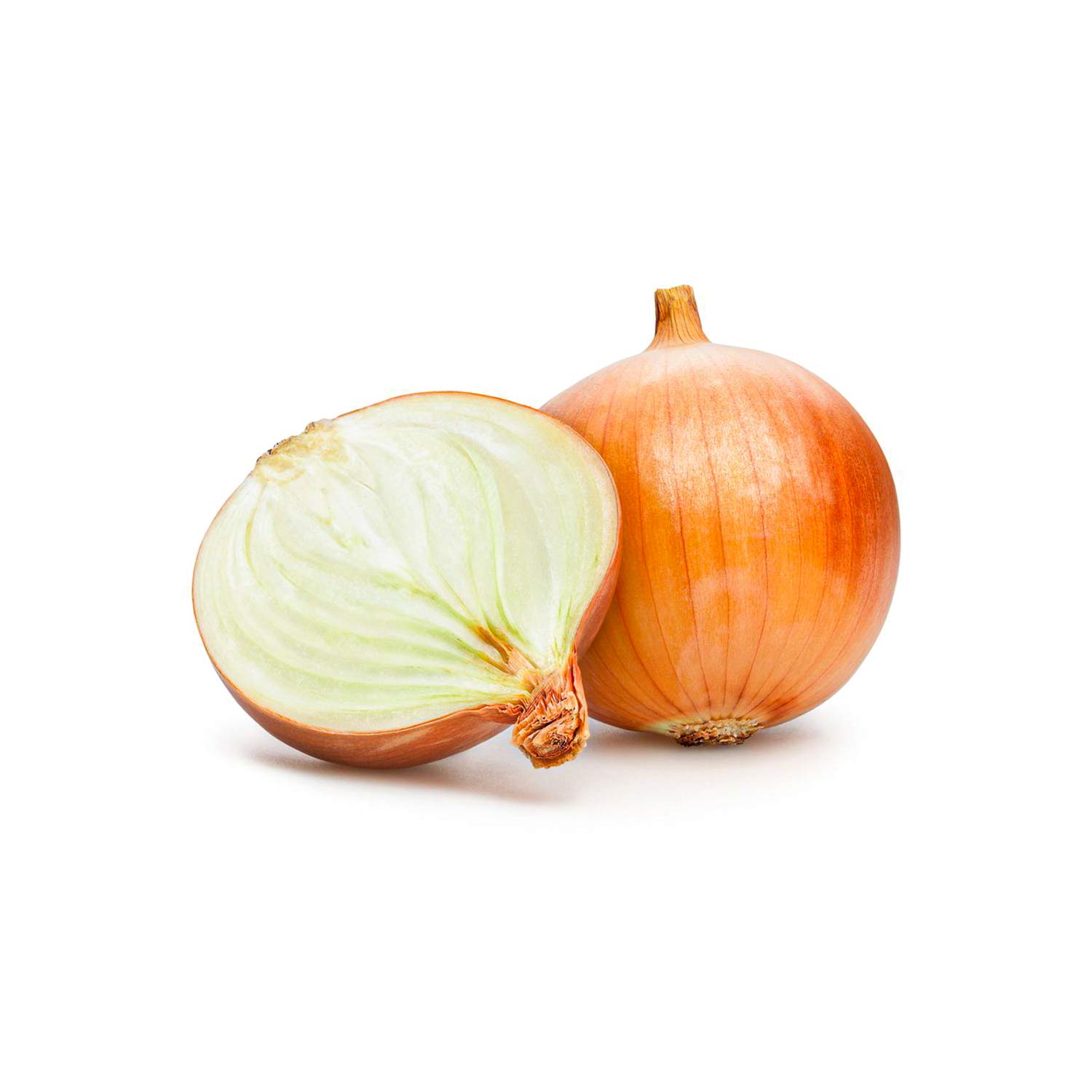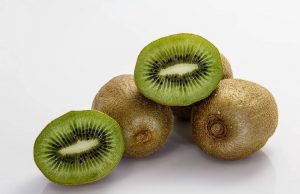A Global Market in Demand
Yellow Onion Exporters: Meeting Global Demand for a Culinary Staple
Yellow onions are a vital ingredient in kitchens worldwide, known for their versatility in countless dishes. As global consumption continues to rise, the yellow onion export industry has grown rapidly. Consequently, several countries now lead the charge in supplying this essential vegetable to international markets. In this article, we explore the yellow onion trade, including major exporters, key markets, and why yellow onions remain in high demand around the world.



Leading Yellow Onion Exporting Countries
A handful of nations dominate yellow onion exports, thanks to favorable climates, efficient farming practices, and robust supply chains. Below are some of the top exporters contributing to this expanding global trade:
India
India ranks among the largest onion producers in the world. Its yellow onions are known for their strong flavor and wide availability. Moreover, India exports to Asia, the Middle East, and Europe. Favorable growing conditions and year-round farming further enhance its export potential.
The Netherlands
The Netherlands plays a central role in European exports. Dutch onions are prized for their quality and long shelf life. As a result, they are regularly shipped to North America, Africa, and across Europe.
Mexico
Mexico remains a major supplier, especially to the United States and Canada. Thanks to its proximity and strong logistics network, Mexico delivers fresh onions reliably throughout the year.
China
China’s vast agricultural output includes large volumes of yellow onions. Consequently, it supplies many markets in Southeast Asia and the Middle East, meeting the demands of growing urban populations.
Egypt
Egypt is a rising force in the export market. Its onions are known for their mild flavor and affordability. In addition, favorable export policies allow Egypt to compete effectively in Europe and the Middle East.
Key Markets for Yellow Onion Exporters
Because yellow onions are used in a variety of regional cuisines, they are in demand around the globe. Let’s explore some of the most significant markets:
North America
The U.S. and Canada import large amounts of yellow onions, especially when local production is off-season. Typically, they rely on suppliers like Mexico, China, and India to maintain availability.
Europe
European countries such as the UK, Germany, and France consume onions year-round. Accordingly, they import from neighboring nations like the Netherlands and Spain, as well as from India and Egypt.
Middle East
In Middle Eastern cooking, yellow onions are a staple. India and Egypt are top exporters to the region. Due to the region’s climate and strong demand, imports remain high throughout the year.
Asia-Pacific
Countries including Japan, South Korea, and Malaysia supplement domestic production with imports. Primarily, they receive shipments from India and China to meet rising consumption needs.
Why Yellow Onions Are in High Global Demand
Yellow onions continue to see high demand worldwide. This is because of their culinary flexibility, nutritional value, and excellent storage characteristics.
Versatility in Cooking
Yellow onions are used in soups, stews, sauces, salads, and more. Because of their slightly sweet flavor, they are ideal for caramelizing and as a base in savory dishes.
Nutritional Value
These onions are low in calories but rich in vitamins and antioxidants. In particular, they provide vitamin C, B vitamins, and dietary fiber, all of which contribute to better health.
Long Shelf Life
Yellow onions store well and travel long distances without spoiling. With proper handling, they can last for several weeks, which makes them ideal for international shipping.
Year-Round Demand
Unlike some vegetables, yellow onions are needed all year. Therefore, importers consistently seek new shipments to support local markets and food industries.
How Yellow Onion Exporters Ensure Quality
Maintaining high standards is essential for exporters aiming to compete in global markets. To achieve this, leading exporters focus on three main practices:
Timely Harvesting
Farmers harvest onions when they reach full maturity. By doing so, they maximize flavor, size, and shelf life, ensuring the product meets export expectations.
Protective Packaging
Exporters use moisture-resistant, ventilated packaging to preserve freshness during transport. This significantly reduces spoilage and ensures product integrity upon arrival.
Compliance with International Standards
Exporters follow strict food safety regulations. As a result, they build trust with international buyers and gain access to regulated markets like the EU and North America.
Final Thoughts
Yellow onions play an essential role in both daily cooking and global agriculture. From their versatility to their nutritional value, they remain a kitchen staple in households and restaurants alike. Ultimately, countries that produce and export quality onions are well-positioned to meet an ever-growing global demand. By focusing on quality, consistency, and compliance, yellow onion exporters can thrive in the global marketplace.
https://iranfreshfruit.net/how-to-export-fresh-fruit
https://iranfreshfruit.net/tomato-paste-exporter
onion varieties in Iran – Onion Properties for Health – red onion exporter



